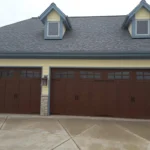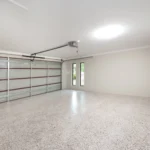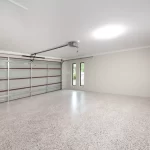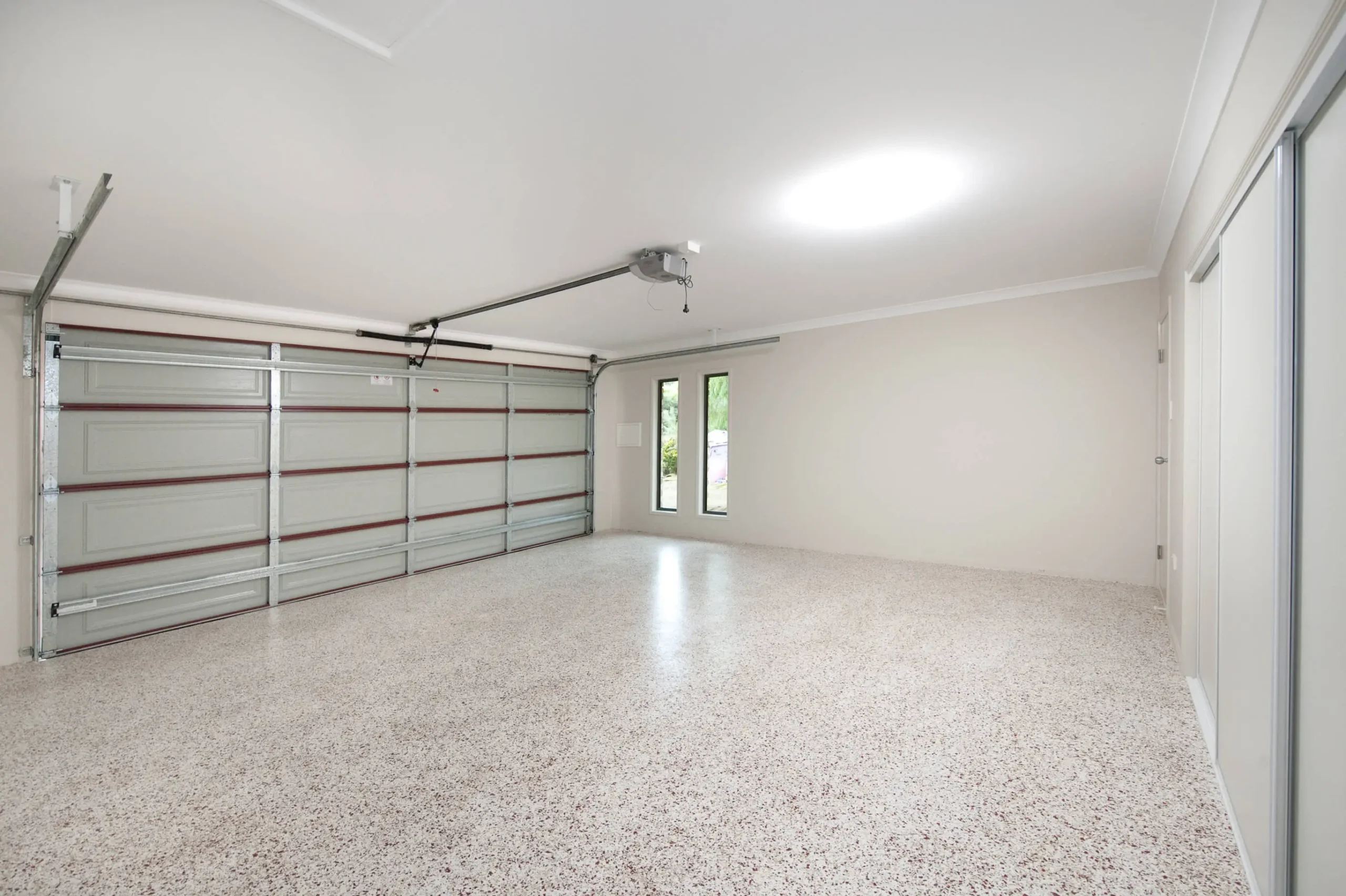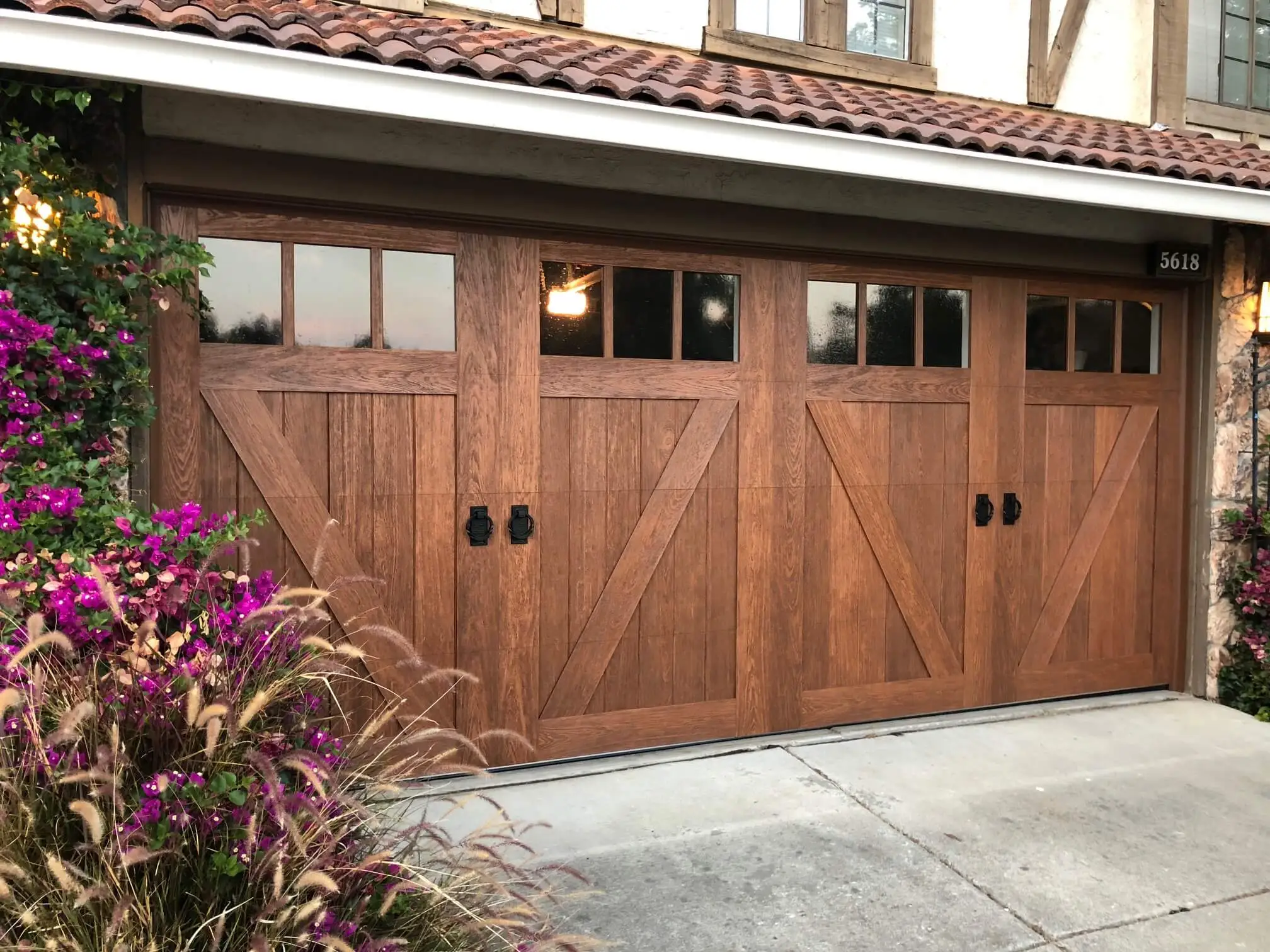Keeping Your Garage Door Balanced and Running Smoothly
Over the many cycles of opening and closing, the springs that balance a garage door can become out of sync. When one spring is more stressed than the other, it causes the door to pull to one side off the tracks. Left unaddressed, an imbalanced door becomes noisier, harder to open/close, and puts undue strain on other components over time. The good news is it’s relatively simple for homeowners to adjust springs and restore proper balance themselves.

Content
Assess Which Spring Needs Adjusting
Begin by closing the door halfway and carefully observing how it moves. An unbalanced door will track unevenly or drift to one side. You can also lift the middle of the door gently – if it drops more rapidly on one end, the spring on that side is too loose. It’s important to identify the spring actually causing the imbalance before making adjustments.
Use Safety Precautions When Working On Springs
Garage door springs are under incredible tension and can cause serious injury if they were to suddenly snap or slip off the winding cones. For this reason, make sure help is on standby in case anything goes wrong. Wear protective eyewear and work gloves. Consider placing a wooden block between the springs to take pressure off while adjusting.
Garage Door Spring Repair in Windsor
If you are uncomfortable working near high-tension springs yourself, it’s best to contact a qualified professional garage door technician. Experienced garage door spring specialists have the proper tools and safety equipment to properly service springs without putting yourself at risk.
Locate Adjustment Points
Most garage door springs have threaded bolts, nuts or slots at each end used for adjusting tension. Find these adjustment points on the spring exhibiting imbalance. One common design is a threaded rod coming off each spring end that attaches to the garage door bracket.
Tighten The Loose Spring
Using an appropriately sized wrench, turn the adjustment point in the direction that tightens and adds tension to the loose spring. Go slowly, making 1/4 or 1/2 turn adjustments at a time. Continue cranking tighter until the door achieves balanced movement when opening and closing fully. Don’t over-correct.
Recheck Balance And Track Alignment
Test the door balance after each adjustment by opening and closing it partially. When balanced, it should move smoothly without drifting. Also re-examine track alignment to ensure springs being in sync didn’t pull something slightly out of place. Small adjustments may be needed to tracks as well to maintain proper guidance.
Inspect All Other Door Components
While springs are adjusted, take a few minutes to inspect other garage door parts that wear out over time like rollers, hinges, cables and weather seals. Look for any loose fittings, cracks, rust, or excess play that could compromise safety or function down the road. Proactively replacing cheap items prevents bigger problems.
With a little know-how and precautions when working near springs under tension, you can easily restore garage door balance yourself. Inspecting and adjusting springs annually is also maintenance that can prevent premature component failure. With some TLC, a well-balanced door runs smoothly for years to come.

Kurt Avans is a home improvement blogger who strives to improve his life and the lives of others. He provides homeowners with helpful tips on how to renovate their homes. His goal is not only to provide easy-to-follow instructions, but also share his own personal experiences for those seeking guidance.

